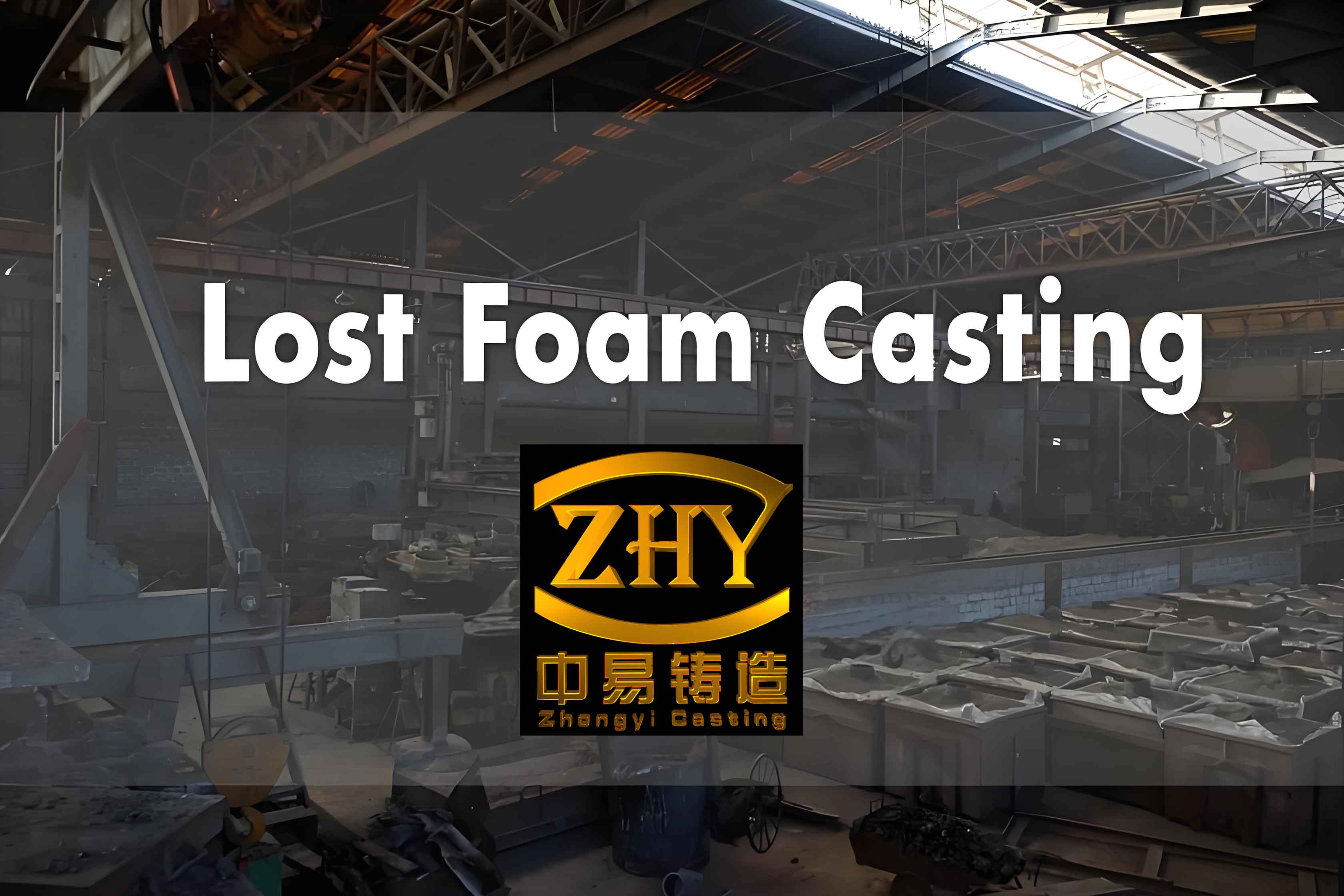This study investigates an innovative lost foam casting (LFC) method to produce gray iron castings using slag iron, a byproduct of steelmaking. By integrating material recycling with advanced simulation techniques, the proposed approach significantly reduces production costs while maintaining mechanical performance comparable to standard gray iron.

1. Process Fundamentals and Material Characteristics
The lost foam casting process utilizes expandable polystyrene (EPS) patterns coated with refractory materials, surrounded by unbonded sand in a vacuum environment. Key process parameters for slag iron-based gray iron production include:
| Parameter | Value Range |
|---|---|
| Pouring Temperature | 1380-1480°C |
| Vacuum Pressure | 0.025-0.05 MPa |
| Coating Thickness | 1.5-2.0 mm |
| Slag Iron Content | 30-50 wt% |
The governing equations for mold filling simulation include:
Mass Conservation:
$$ \frac{\partial \rho}{\partial t} + \nabla \cdot (\rho \mathbf{v}) = 0 $$
Momentum Conservation:
$$ \rho \left( \frac{\partial \mathbf{v}}{\partial t} + \mathbf{v} \cdot \nabla \mathbf{v} \right) = -\nabla p + \mu \nabla^2 \mathbf{v} + \rho \mathbf{g} $$
Energy Equation:
$$ \rho C_p \frac{\partial T}{\partial t} = \nabla \cdot (k \nabla T) + L_f \frac{\partial f_s}{\partial t} $$
2. Microstructure and Mechanical Properties
Metallographic analysis confirms that slag iron-derived HT150 exhibits identical phase composition to conventional gray iron:
| Phase | Content (%) | Morphology |
|---|---|---|
| Graphite | 12-15 | Flake Type A |
| Pearlite | 30-70 | Coarse Lamellar |
| Ferrite | 30-70 | Polygonal Grains |
Mechanical testing reveals comparable performance to standard specifications:
$$ \sigma_b = 115\ \text{MPa},\quad \sigma_{bend} = 325\ \text{MPa} $$
$$ E = 70-90\ \text{GPa},\quad \text{HB} = 137-205 $$
3. Numerical Simulation and Process Optimization
ProCAST simulations compare three gating systems for chassis casting (770×640×60 mm):
| Parameter | Bottom Gating | Top Gating | Step Gating |
|---|---|---|---|
| Filling Time (s) | 56.14 | 52.14 | 41.13 |
| Max Temperature Drop (°C) | 285 | 263 | 217 |
| Shrinkage Defects | Severe | Moderate | Minor |
| Slag Inclusion | None | Significant | None |
The optimized step gating system reduces porosity through improved thermal management:
$$ \frac{\partial f_s}{\partial t} = \frac{k}{\rho L_f} \nabla^2 T $$
$$ \text{Niyama Criterion: } G/\sqrt{\dot{T}} > 1\ \text{K}^{1/2}\text{s}^{1/2}/\text{mm} $$
4. Industrial Implementation
The slag iron-based lost foam casting process demonstrates significant economic advantages:
$$ \text{Cost Reduction} = \frac{C_{std} – C_{slag}}{C_{std}} \times 100\% = 35-42\% $$
$$ \text{Energy Savings} = 100-150\ \text{kWh/ton} $$
Production data from 50-ton trials confirms process stability:
| Metric | Value |
|---|---|
| Yield Rate | 92.4% |
| Dimensional Accuracy | CT8-CT9 |
| Surface Roughness | Ra 12.5-25 μm |
| Scrap Rate | <3.2% |
This research establishes a sustainable manufacturing route for gray iron components, combining industrial waste utilization with advanced lost foam casting technology. The integrated approach of experimental validation and numerical simulation provides a robust framework for process optimization in foundry applications.
